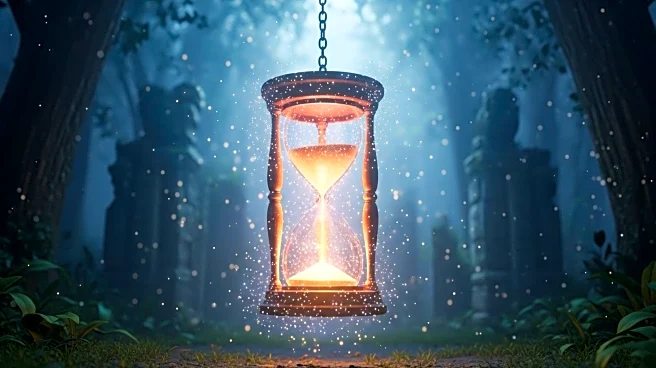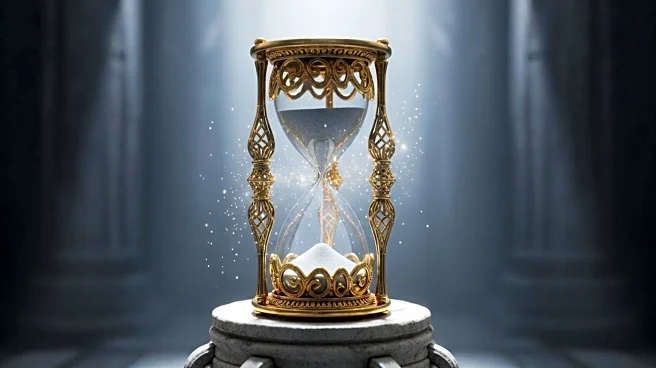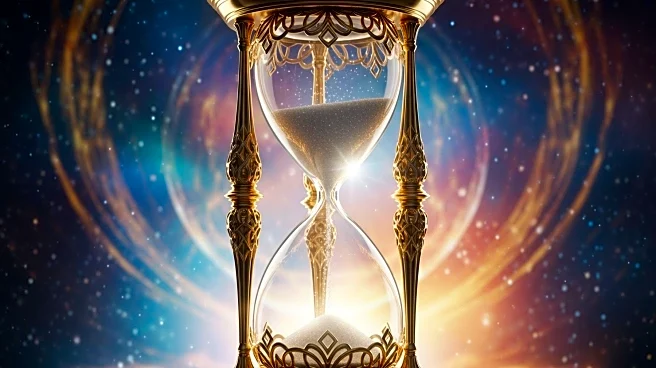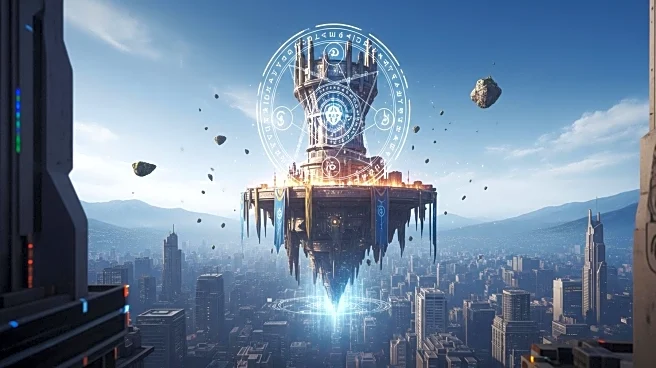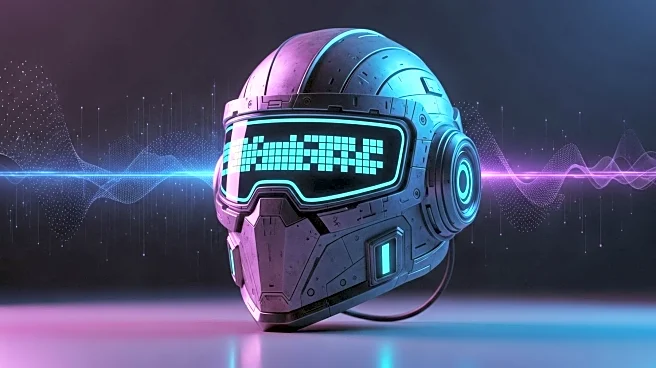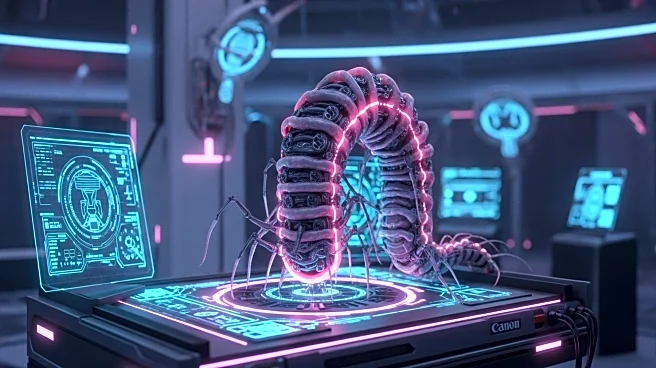What's Happening?
Threads of Time, an upcoming indie game developed by Riyo Games and published by Humble Games, continues to impress with its latest trailer showcased at the Tokyo Game Show 2025. The game is a love letter to classic JRPGs like Chrono Trigger, featuring turn-based combat, pixel art, and a 2.5D depth of field. Players will embark on a time-traveling adventure, recruiting characters from different eras to protect the timeline's integrity. The game is developed using Unreal Engine 5, promising stunning environments and character designs. Although a release date has not been announced, the game is confirmed for PC and Xbox.
Why It's Important?
Threads of Time represents a significant effort to capture the essence of beloved JRPG classics, potentially appealing to fans of the genre and attracting new players. Its development in Unreal Engine 5 and focus on high-quality pixel art demonstrate the capabilities of indie studios in creating visually impressive games. The game's success could influence the indie gaming market, encouraging more developers to pursue ambitious projects that pay homage to classic titles. Additionally, Threads of Time's potential success may contribute to the resurgence of interest in retro-style games, impacting future game development trends.
What's Next?
As Threads of Time approaches its release, anticipation among fans of JRPGs and retro games is likely to grow. The game's development progress and marketing strategies will be crucial in maintaining interest and ensuring a successful launch. If the game delivers on its promises, it could lead to expansions or sequels that further explore its unique world and mechanics. The reception of Threads of Time may also influence the direction of future projects by Riyo Games and other indie developers, potentially leading to more innovative and nostalgic gaming experiences.
Beyond the Headlines
Threads of Time's focus on time travel and character recruitment from different eras offers a rich narrative potential, allowing players to explore diverse settings and cultures within the game. This approach could spark discussions about the representation of historical and futuristic themes in gaming, and how they can be used to create engaging and educational experiences. The game's development by a relatively large indie team highlights the collaborative efforts required to produce high-quality games, emphasizing the importance of teamwork and creativity in the industry.

